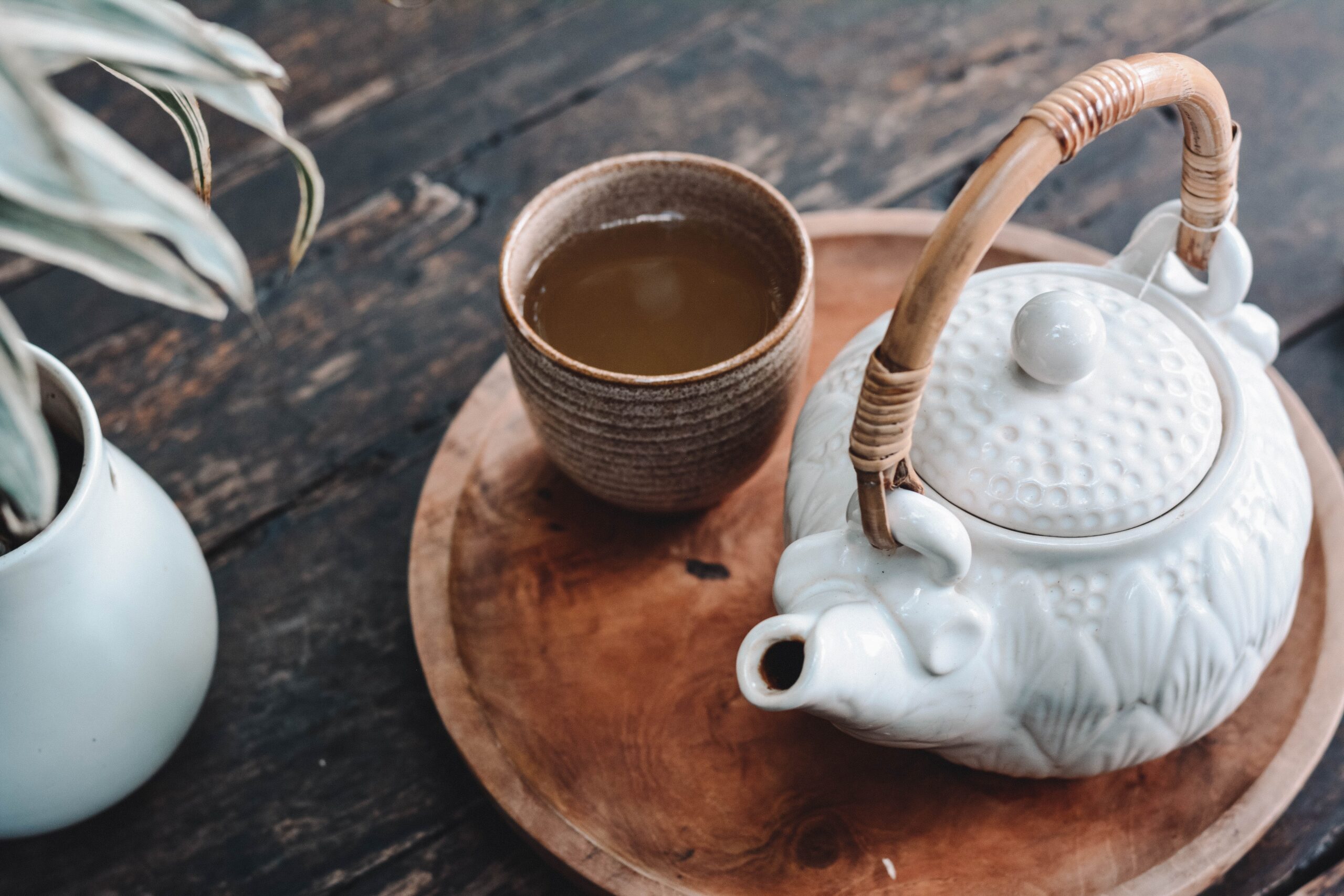The history of tea is long and fascinating, dating back thousands of years. From its origins in China to its global popularity today, tea has played an essential role in many societies around the world. Whether enjoyed as a simple pleasure or used for its medicinal benefits, tea continues to be a beloved beverage enjoyed by millions. Tea is one of the most popular beverages in the world, enjoyed by people of all ages and cultures. It has a rich history dates back thousands of years and has been an integral part of many societies around the globe.
The origins of tea can be traced back to ancient China, where it was used for medicinal purposes. According to legend, Emperor Shen Nong discovered tea in 2737 BC when some leaves from a wild tea tree blew into his cup of hot water. The emperor was so impressed by the drink’s taste and health benefits that he ordered tea plants to be cultivated throughout China.
Tea was initially used as a medicine, and it was not until the Tang dynasty (618-907 AD) that tea became a popular beverage in China. During this period, tea was enjoyed by the elite and the aristocrats, and it was considered a symbol of status and wealth.
During the Song dynasty (960-1279 AD), tea culture began to develop, and tea drinking became a more widespread practice in China. The tea ceremony, a highly ritualized way of preparing and serving tea, was established during this time.
In the 16th century, tea began to spread beyond China, reaching Japan, Korea, and eventually Europe. Portuguese and Dutch traders introduced tea to Europe, where it quickly became a popular drink among the wealthy.
Tea was first introduced to England in the 17th century, and it quickly became the country’s national drink. Tea was initially expensive, and only the wealthy could afford it. However, as the British East India Company began importing tea from India, the price of tea dropped, making it more accessible to the masses.
The British love for tea led to the establishment of tea gardens in India, Sri Lanka, and other British colonies. Tea production became a major industry, and by the 19th century, tea had become a global commodity.
Today, tea is one of the most popular beverages in the world, consumed by billions of people worldwide. There are many different types of tea, including black, green, oolong, and white tea, each with its unique flavor and health benefits.
Tea is more than just a beverage, it is an integral part of many cultures around the world. The drinking of tea has evolved into a cultural phenomenon, with specific rituals, customs, and traditions surrounding it. Let’s explore the tea-drinking culture and its significance in various societies.
In China, the tea-drinking culture is deeply ingrained in daily life, and the tea ceremony is an art form. Drinking tea is seen as a form of respect, and it is customary to offer tea to guests as a gesture of hospitality. The Chinese tea ceremony, also known as Gongfu tea, involves carefully preparing and serving tea. It is a highly ritualized process emphasizing mindfulness, presence, and appreciation of the tea’s aroma, color, and taste.
In Japan, tea drinking is a way of life, and the tea ceremony, known as Chanoyu, is a highly respected tradition. The Japanese tea ceremony is a formal, stylized ritual that takes place in a tea room or garden. The ceremony involves the preparation, serving, and drinking of powdered green tea, known as matcha. The Japanese tea ceremony is a symbol of harmony, respect, and tranquility.
In England, tea drinking is an important part of the culture and social life. The British have a long-standing tradition of afternoon tea, which typically involves a pot of black tea, sandwiches, scones, and pastries. Afternoon tea is served in elegant teapots and fine china, and it is often accompanied by good conversation and company.
In India, chai is a staple beverage, and it is a part of daily life. Chai is made with black tea, milk, and spices like ginger, cardamom, and cinnamon. It is a popular drink in cafes, homes, and on the streets, and it is often served with a snack like samosas or biscuits.
In Morocco, tea drinking is a symbol of hospitality, and it is customary to serve mint tea to guests. The Moroccan tea ceremony involves the serving of green tea with mint, sugar, and boiling water. The tea is poured from a height into small glasses, creating a frothy, aromatic brew.
In Slavic culture, tea drinking is a social event, and it is customary to serve tea with sweets, pastries, and sandwiches. The Slavic tea ceremony involves the serving of black tea in a large teapot, accompanied by a variety of snacks.
Tea drinking has become a cultural phenomenon that brings people together, fosters social connections, and promotes mindfulness and relaxation. From the elegant tea ceremonies of Asia to the relaxed afternoon teas of England, tea culture is a diverse and rich aspect of many societies around the world.
Sources:
A Classic of Tea: The World’s First Treatise on Tea Culture by Lu Yu
Tea: History, Terroirs, Varieties by Kevin Gascoyne
The Tea Enthusiast’s Handbook: A Guide to Enjoying the World’s Best Teas by Mary Lou Heiss

